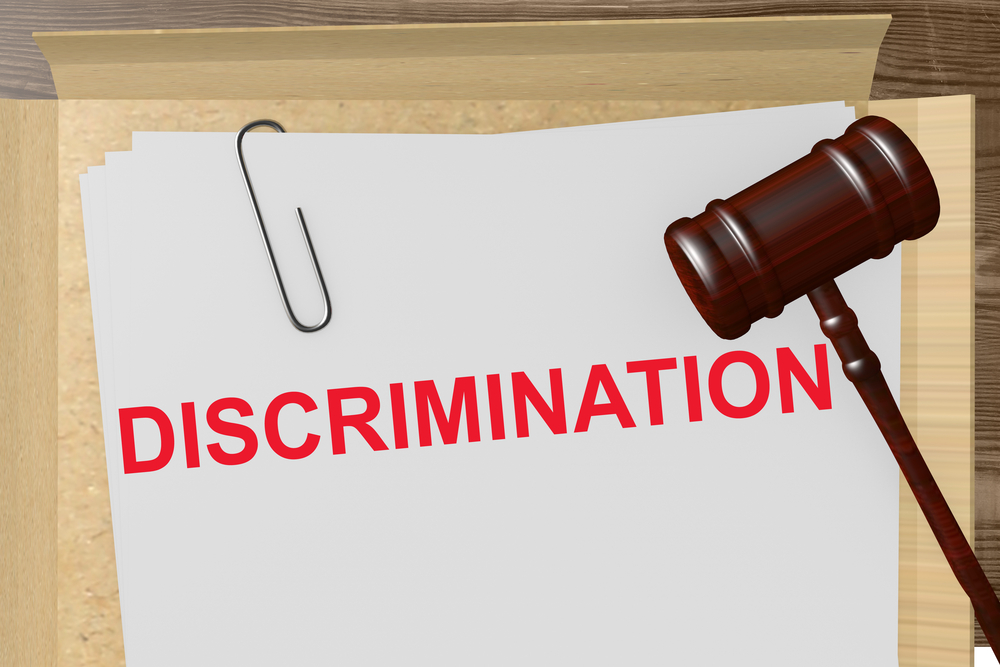
In the digital world, accessibility is not merely a buzzword but a cornerstone of inclusive design. Unfortunately, several Fictions surrounding digital accessibility persist, impeding progress towards a more equitable online landscape. Let’s delve into these Fictions and explore practical solutions to address them.

Disability Discrimination Act 1992
The Act refers to two types of discrimination, direct and indirect. Direct is easy to see. It is when a person with a disability is treated less favourably than a person without disability in the same situation. Indirect disability happens when a person, business or other organisation applies rules, conditions and policies that appears to treat everyone equally however, a person with disability can’t meet the requirements due to their disability and the rules, policies and conditions are unreasonable in all circumstances. A good example is when a hearing-impaired person doesn’t have access to captions to watch the news on television.
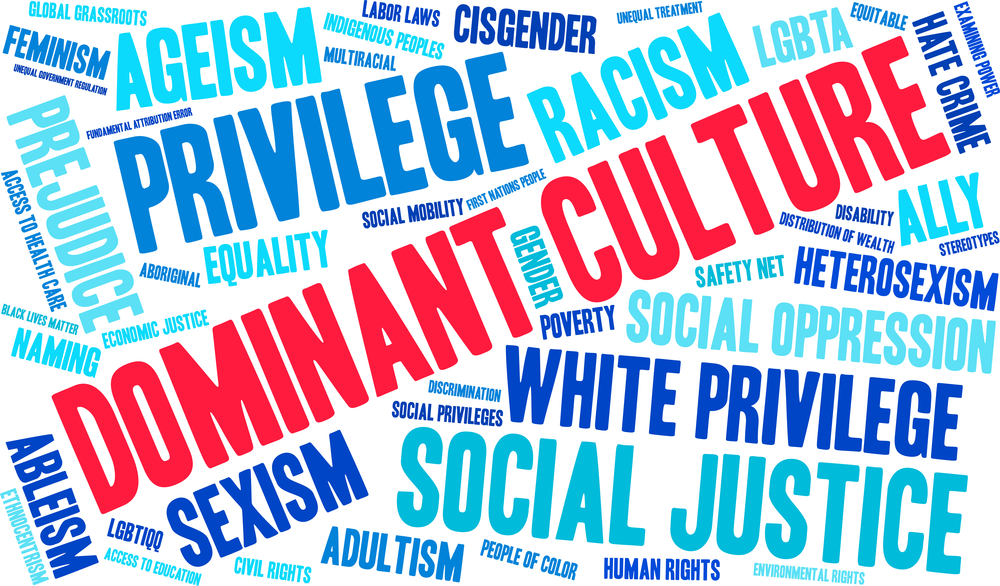
Ableism?
Another word that is often heard today is ableism. Ableism is the discrimination against people with disability in the belief that typical abilities are better. A common behaviour that is characteristic of ableism is asking a person about their disability. It can even be congratulating a person for disability for being out in the community.
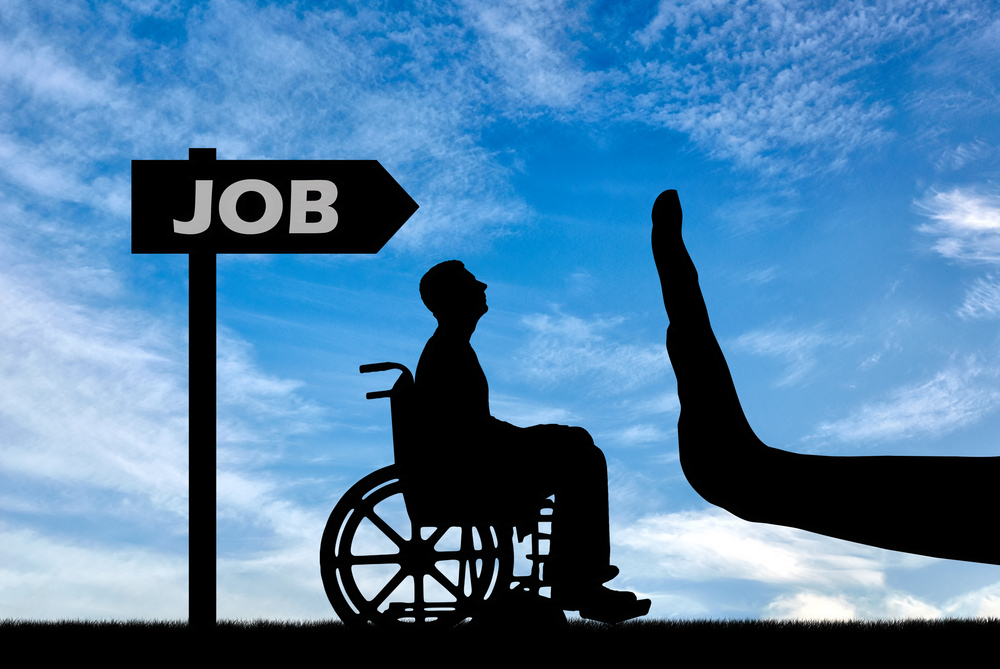
Types
One common form of disability discrimination in the
workplace is when qualified individuals are denied job opportunities,
promotions, or reasonable accommodations due to their disability. This could
include refusing to provide necessary adjustments such as flexible working
hours, specialised equipment, or modified duties that would enable the person
to perform their job effectively.
A very common form of disability discrimination is the
refusal by transport operators to provide the service to people who use service
dogs such as guide dogs and assistance dogs. This also puts the person with
disability in an unsafe situation if they are not able to access other forms of
transport.
Another common form of disability discrimination that is
indirect is referring all questions to a person that is accompanying the
disabled person. This is a common occurrence
in the hospitality sector.
Inaccessibility is another aspect of disability
discrimination. This includes physical barriers such as lack of wheelchair
ramps or accessible toilets, as well as communication barriers such as not
providing information in alternative formats for people with visual or hearing
impairments. Failure to make reasonable adjustments to remove these barriers
can prevent individuals with disabilities from fully participating in society.
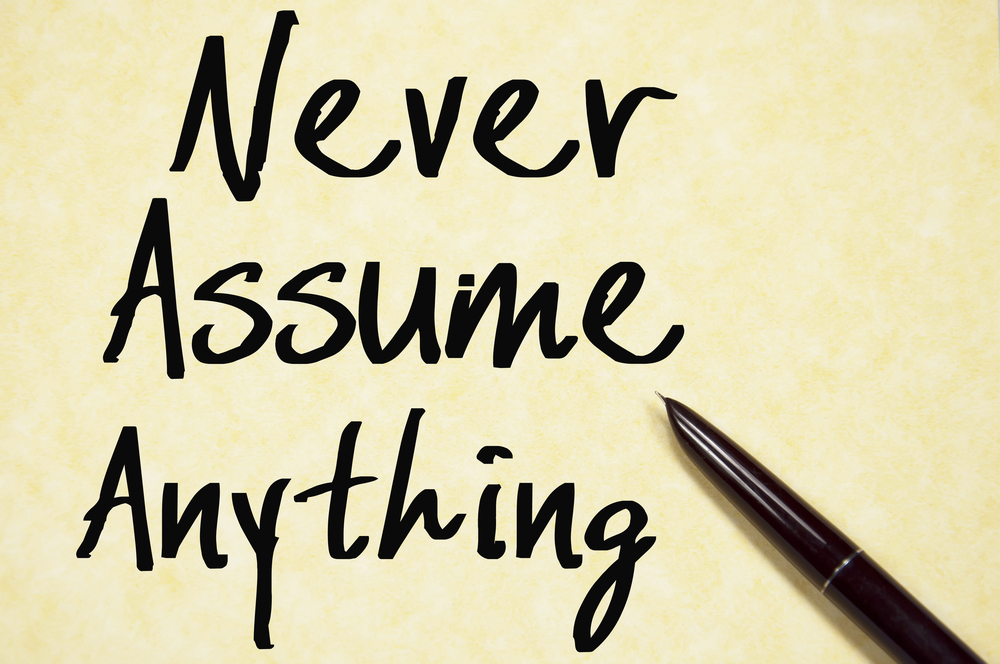 How to fix?
How to fix?
The simplest way to remove discrimination and ableism in all forms from society is to stop making assumptions and stop jumping to conclusions. Have an open mind and ask questions. Treat people with respect and accept that everyone is normal. After all, according to The Australian Bureau of Statistics 2018 data there are approximately 18% of our population with disability.
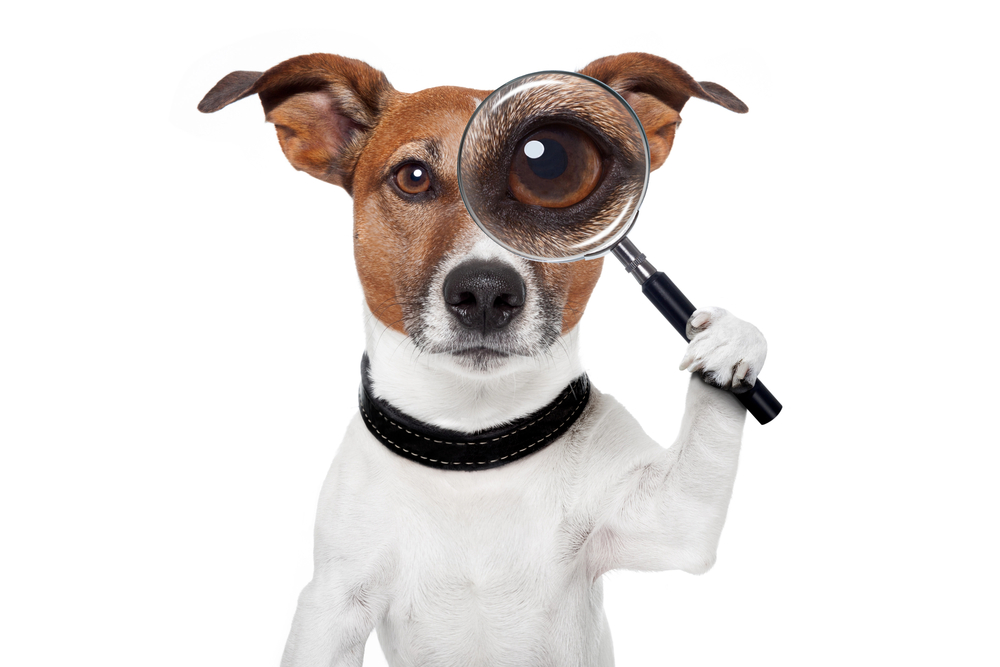
Conclusion
Discrimination and ableism need to be combatted in our community. These practices divide society and show lack of respect, understanding and support for people with disability. Employers, educators, service providers, and the wider community must work together to create inclusive environments where everyone has equal opportunities and access to resources, regardless of their disability. This involves not only legal compliance but also fostering a culture of respect, understanding, and support for diversity in all its forms.
